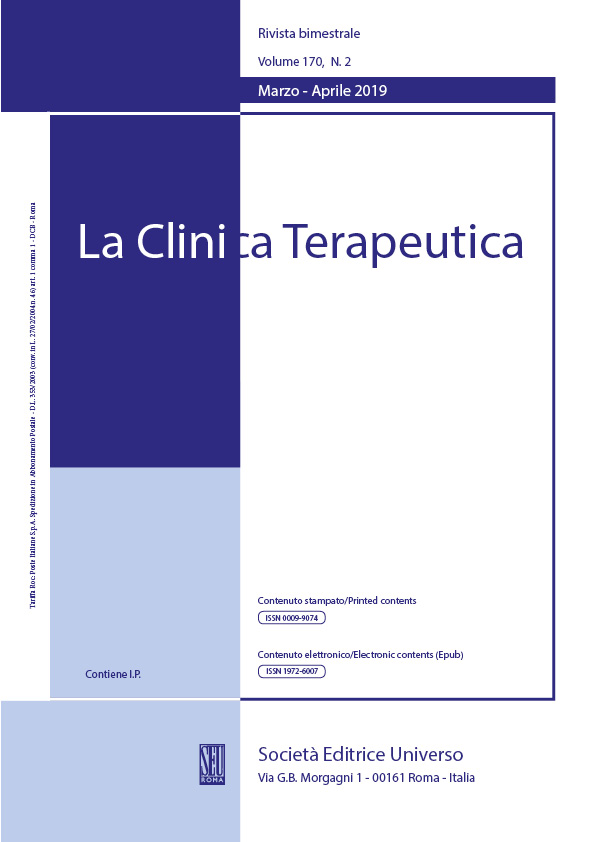Abstract
Background
Peristomal granulomatosis is a chronic inflammatory disease of uncertain aetiology, and a high recurrence rate. It frequently occurs in patients with enterostomy and urostomy. The most frequent type affects the mucocutaneous junction, causing bleeding and painful nodular lesions, which complicate management of the ostomy pouching system. Currently, only invasive treatments are available, consisting in cauterisation or surgical removal of the granuloma. Our objective was to evaluate efficacy of a topic mixture oil, composed by a 1:1 of extracts of Neem and Red Hypericum; amongst its many therapeutical properties, it is proven to inhibit the over-granulation process.
Method
Two clinical cases presenting typical peristomal granulomatosis were selected. On first access after recruitment, the patients underwent an accurate nursing anamnesis, a global assessment was carried out according to the Toven Method and an assessment of peristomal sore skin according to SACS 2.0. Granulomatosis wounds were treated with the oil mixture, applied on a hydrofiber pad, secured over the wound site by means of a transparent film. This allowed the release of active ingredients while ensuring the pouching system secure adhesion. The chosen protocol consisted in 2 dressing changes per week, while monitoring the granulomatosis wound evolution by means of a TOR Form validated data form and documenting progress by taking photographs.
Results
Initially a regression of the inflammatory process was observed, with significant decrease of bleeding and pain. Gradually, the proliferating lesions reduced in size (both width and extent), and eventually healed completely. The product was very well tolerated, even when in contact with the stoma mucous membrane. No recurrence signs were observed either at the follow up visit 15 days from end of treatment, and in clinical case N.2 equally none were present two months after treatment.
Conclusions
Compared to conventional methods which are invasive, not resolving, and not tolerated by patients, the product was demonstrated to be an innovative therapeutical solution, easy to apply, with no side effects and well-liked by patients. The excellent results obtained require further confirmation and validation through new studies on a statistically significant number of cases.
